The points of similarity between Signalong and other sign-supported communication systems are that they are key-word systems which use mainly BSL signs, and are intended for use with people who have language and communication difficulties mainly arising from learning disabilities. Because of the BSL root, signs for words which occur in both lexicons are usually the same, but there are some differences.
In other systems Core Vocabulary they use the same (or virtually the same) signs for concepts such as doll/baby, cup/drink, bed/sleep and look/see. Because Signalong was originally introduced to assist with language development programmes we use one sign per concept, one concept per sign.
There are some significant differences in presentation and accessibility. Signalong analyses signs for their handshape, orientation, placement and movement, supported by clear line drawings. This means that when they understand the methodology, practitioners can accurately reproduce signs from the manuals without having to attend additional classes or reference to a trainer. Others do not have this methodology, sometimes using stick figure illustrations with occasional text explanations which lack the precision of Signalong.
Signalong has a library of over 9,000 signs offering a wide vocabulary and a vast range of opportunities for users. The Sign Library is available to access via the Members Area.
Courses for practitioners focus on the development of skills, since this gives the practitioner flexibility in the selection of signs. In addition to Workshops, Introductory and Foundation courses we have a range of courses which are accredited by Signalong for learners, from Entry level to level 1 and level 2.
In the case of students with ASD, practitioners need to have a great deal of adaptability and access to a wide range of communication methods and vocabulary. This is more readily available from Signalong. The Signalong methodology enables practitioners and parents to use the Signalong Text-a-Sign & Sign Library Services whereby signs can be accurately acquired in writing.
